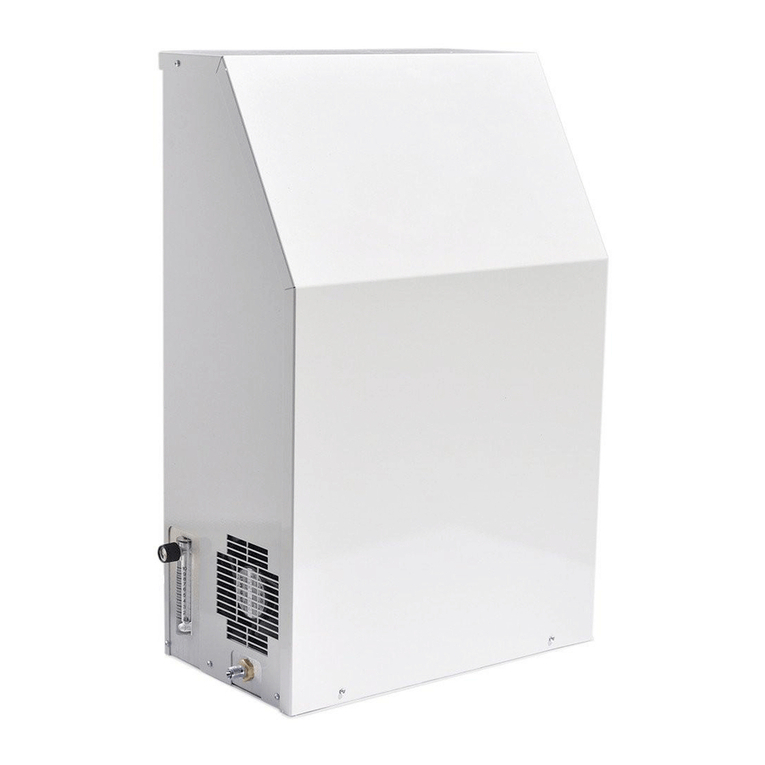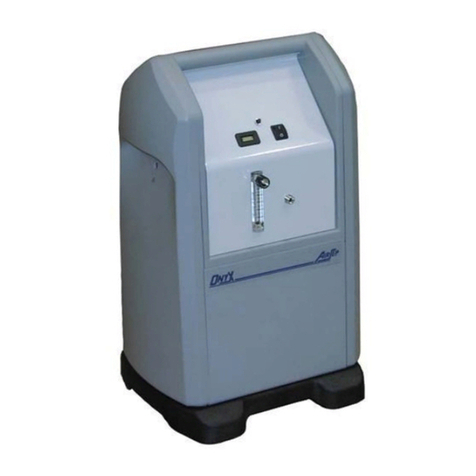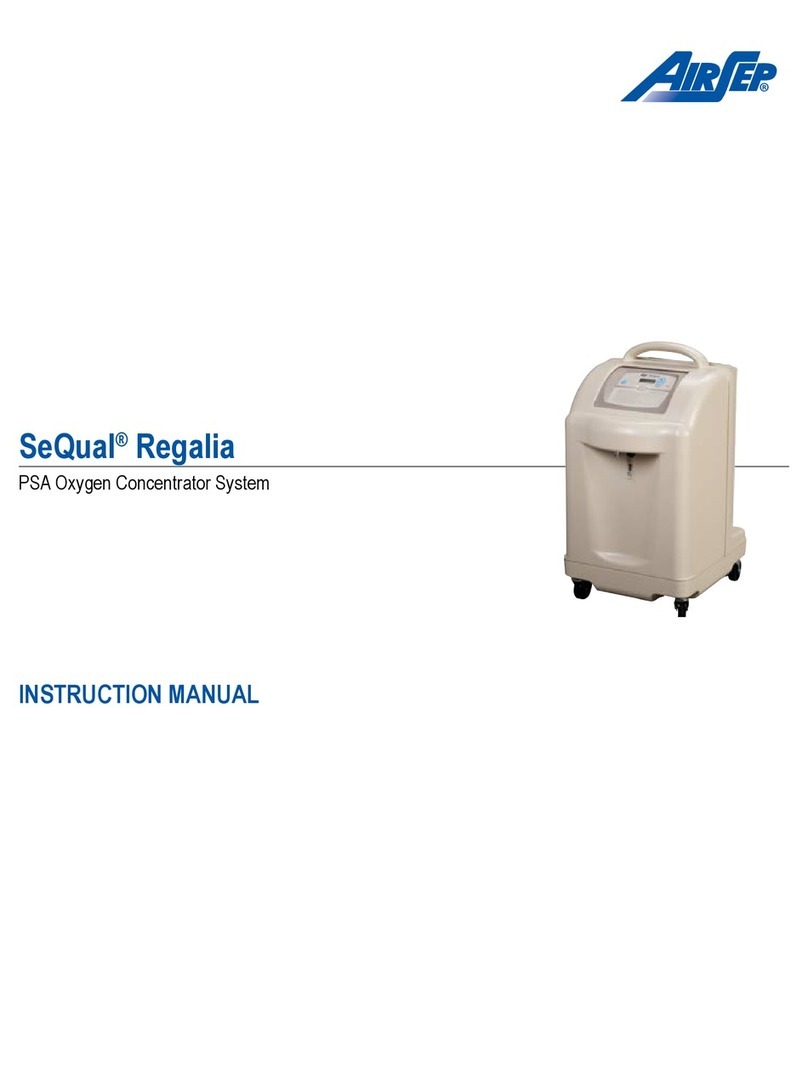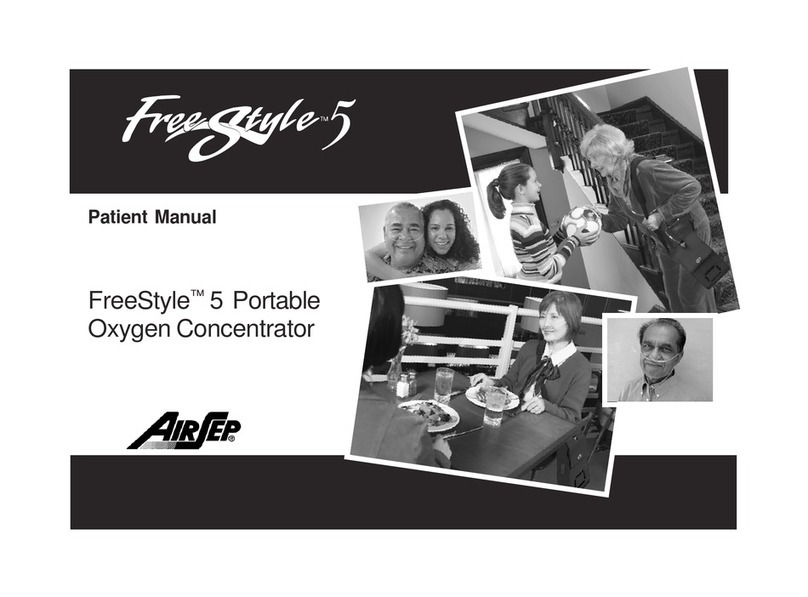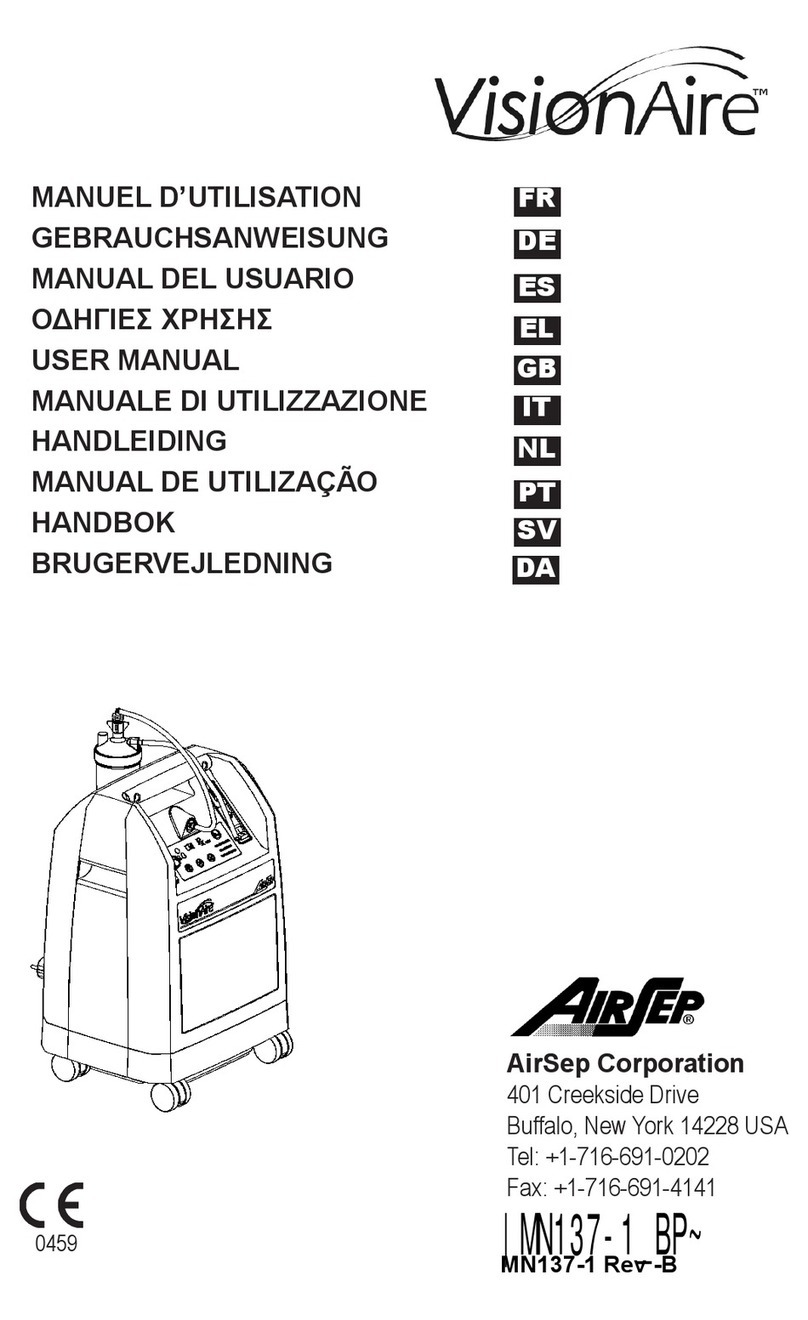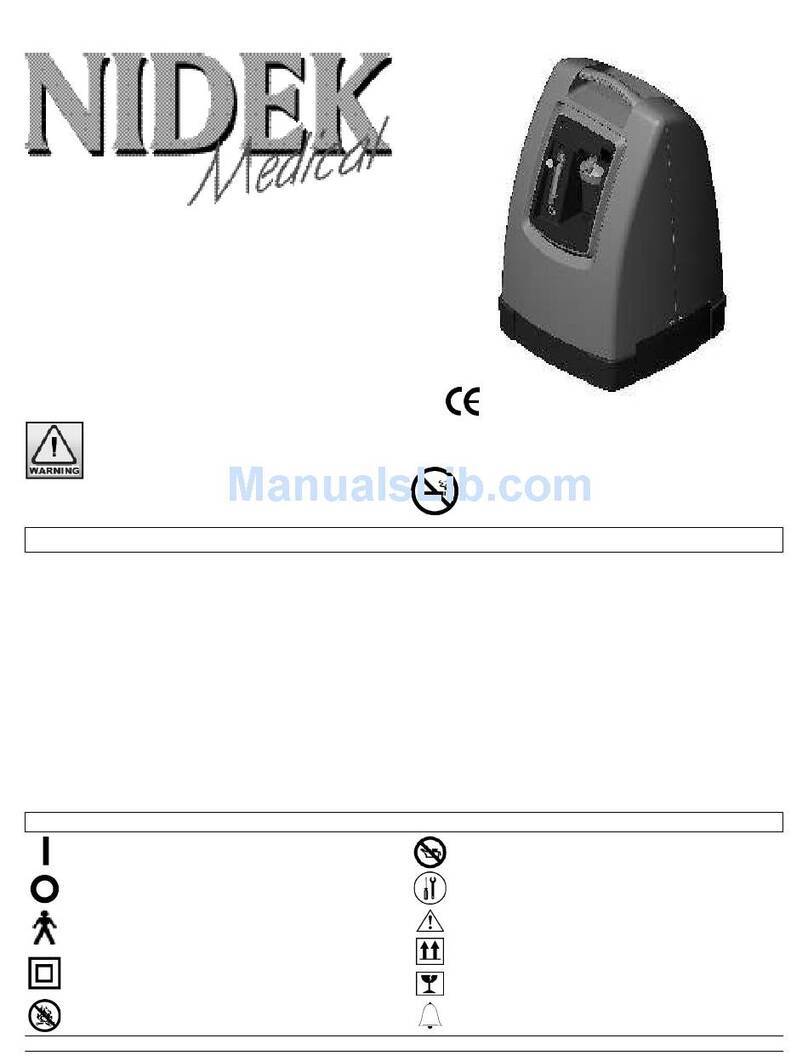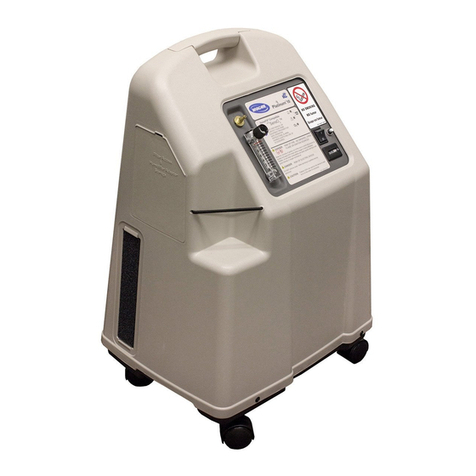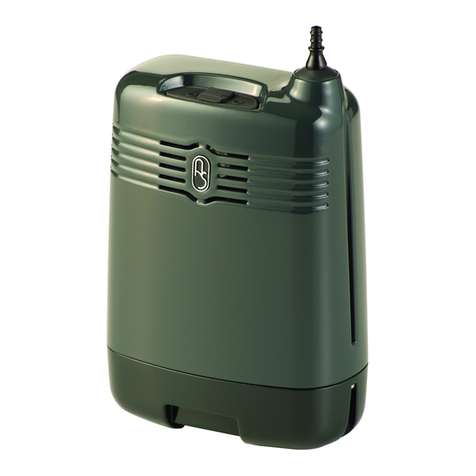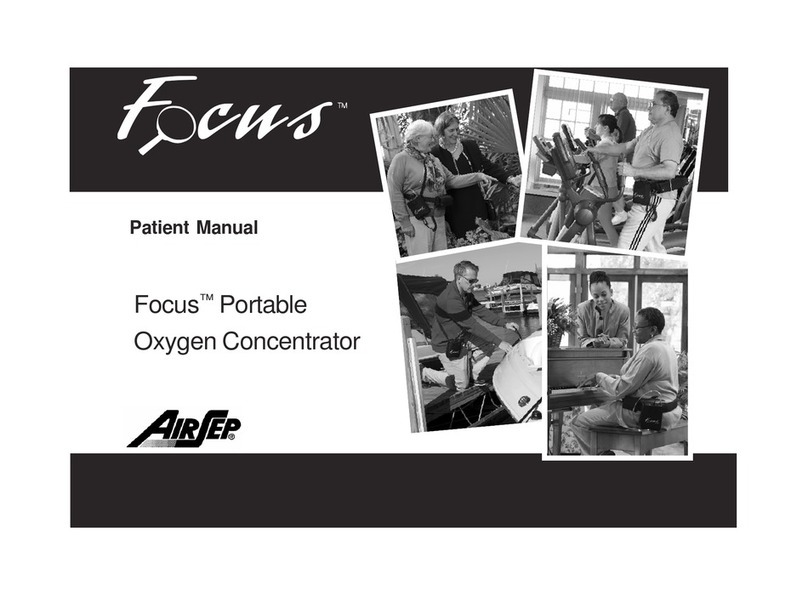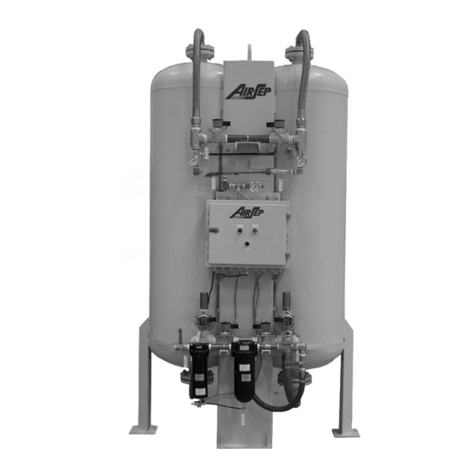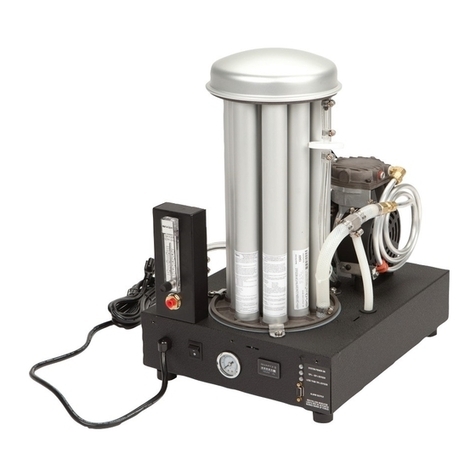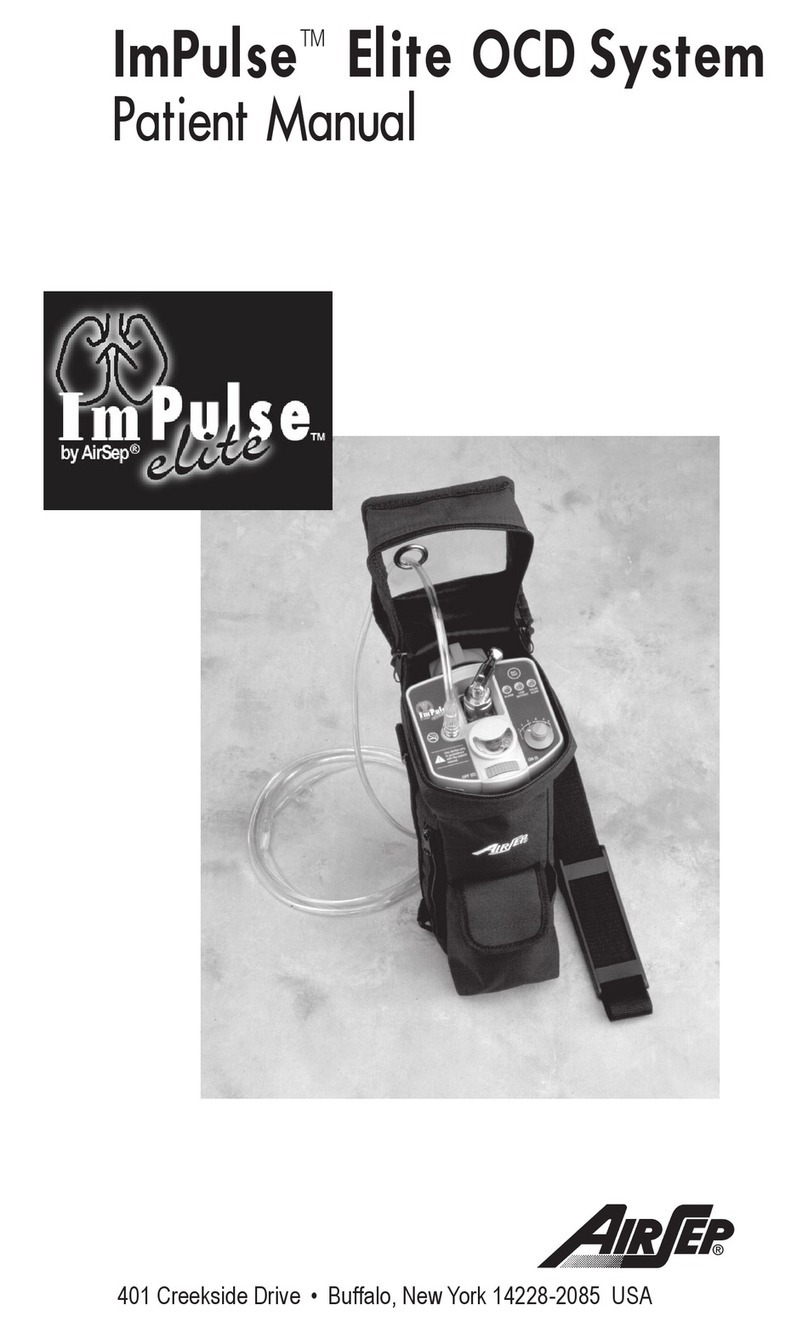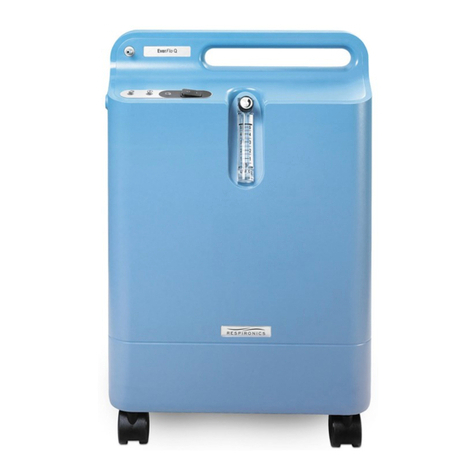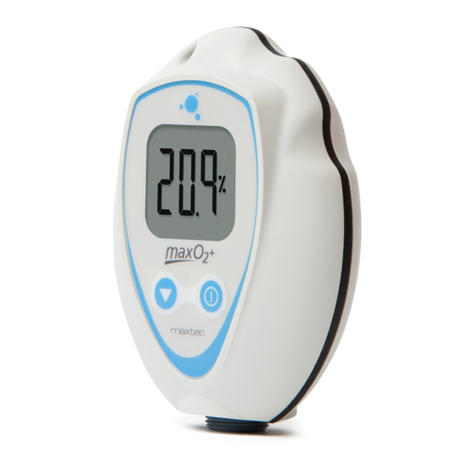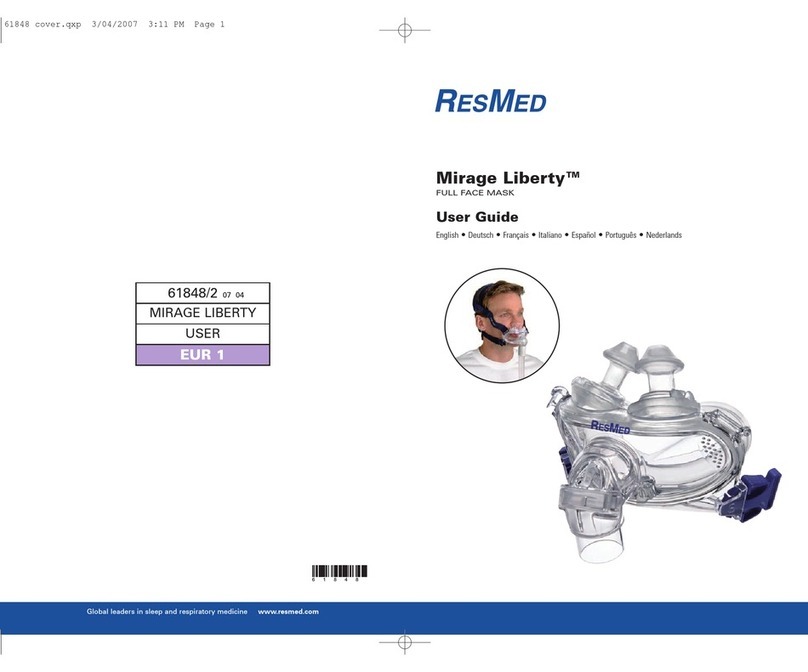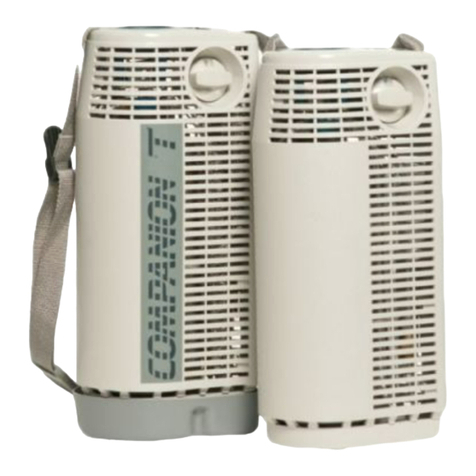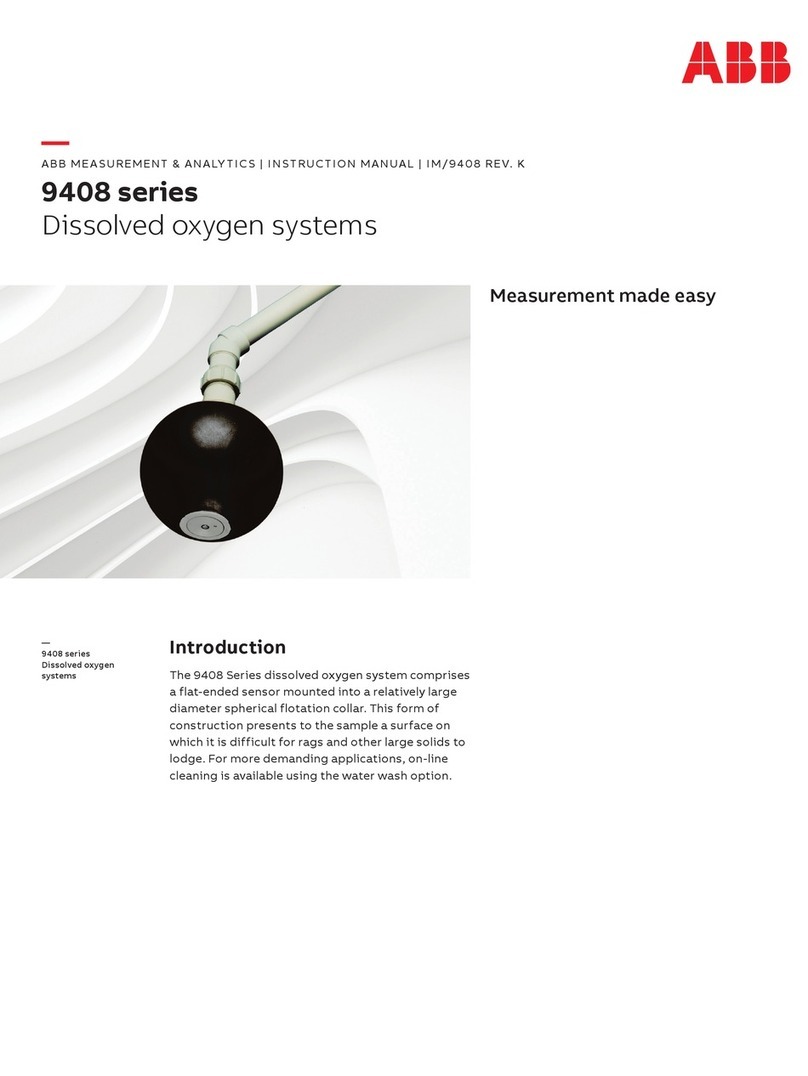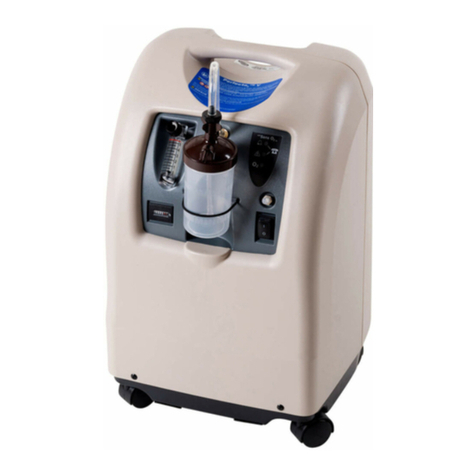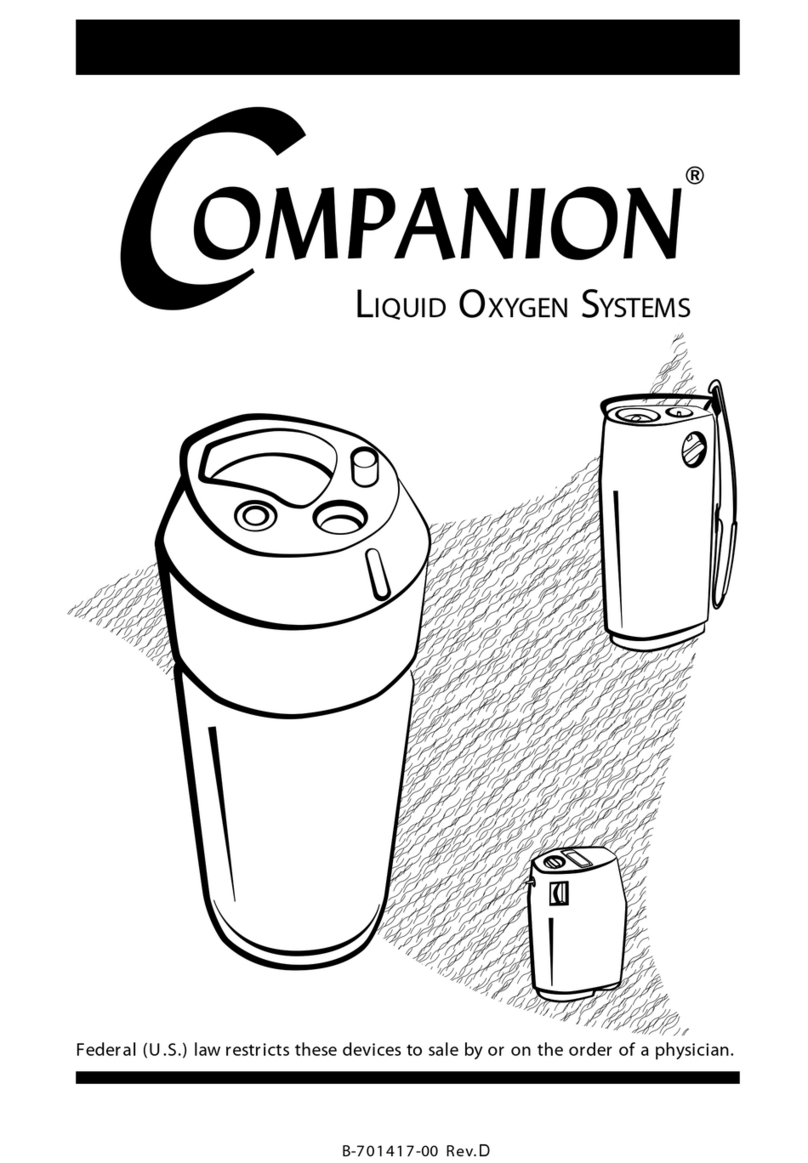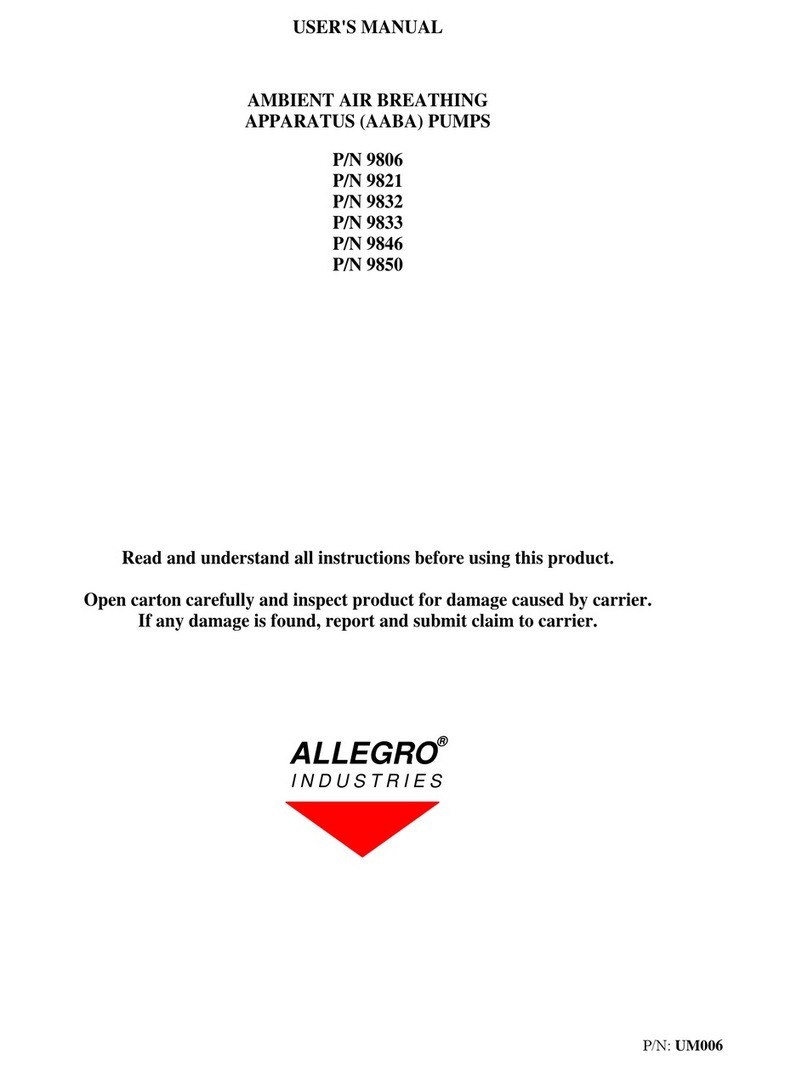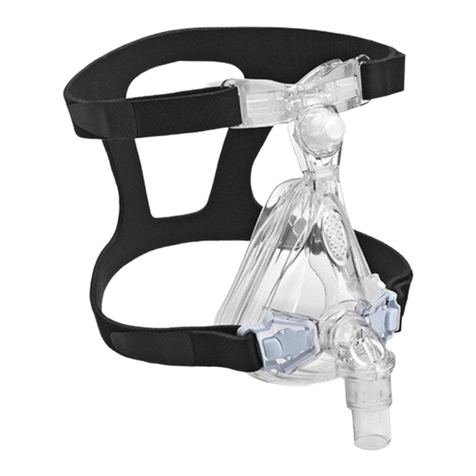What i
s the FreeStyle Portable Oxygen Concentrator?
Oxygen concentr
ators were introduced in the mid-1970’s and have become the most convenient, reliable source of supplemental
oxygen available today. Oxygen concentrators are the most cost
-
effective, efficient, and safe
st
alternative to using high
-
pressure
oxygen cylinder
s or l
iquid oxygen. An oxygen
concentrator provides all the oxygen you need with no cylinder
or bottle deliveries
required.
The air we breathe contains approximately 21% oxygen, 78% nitrogen, and 1% other gases. In the FreeStyle unit, room air passes
thr
ough a regenerative, adsorbent material called “molecular sieve.” This material separates the oxygen from the nitrogen
. The result is
a flow of
high
-
concentration
oxygen delivered to the patient.
FreeStyle combines advanced oxyg
en concentrator technology
along
with oxygen conserving technology for the world’s smallest and
lightest portable ox
ygen concentrator at just 4.4 lb
(2 kg). The FreeStyle efficiently produces its own oxygen, and quickly delivers it as
a pulse of oxygen when you breathe at the very
beginning of your inhalation. This eliminates the waste associated with a continuous
flow oxygen device that flows oxygen while you are exhaling. This pulsing of the oxygen is equivalent to
continuous flow. FreeStyle
produces the equivalent of up to
3 LPM
(liters per minute) in a
lightweight package that can
be easily carried and used away from the
home.
FreeStyle ope
r
ates from four different power sources. (Refer to the Power Supplies section of this manual.)
FreeStyle for Airline Travel
–
FAA
-
Appro
ved
FreeStyle has received the US Federal Aviation Administration’s (FAA) acceptance for onboard in-flight use by oxygen
passengers on commercial airlines via a 2006 amendment to SFAR 106.
In
addition, as of May 13, 2009, a new Department of Transporation (DOT)/FAA ruling has determined that US-based carriers,
as well as international flight
s
with origination or destination in the US, must allow passengers with FAA-approved portable
oxygen concentrators to use them on board, and in flight, as medically necessary. Check directly with the individual airlines
with which you would like to travel for up
-
to-
date information on their specific POC policies.

